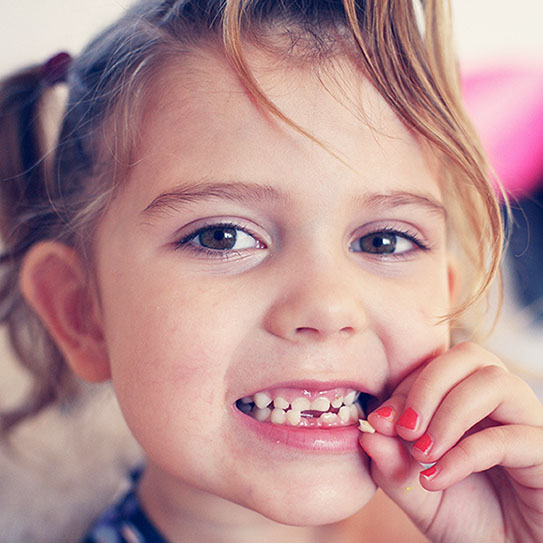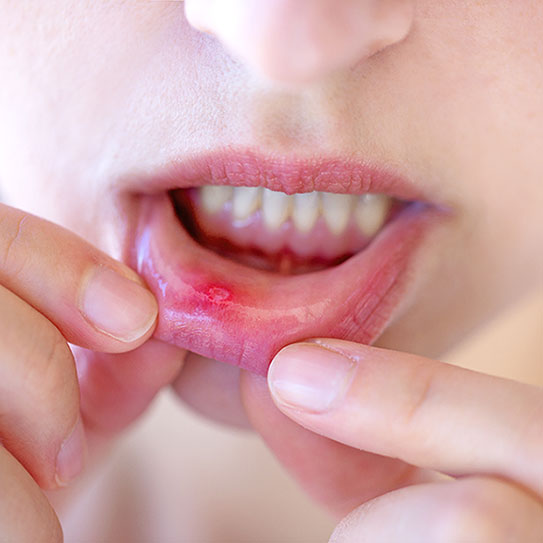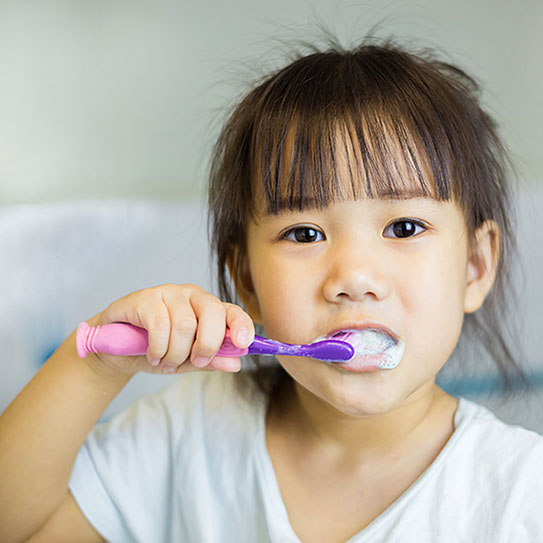SWIMMING IS A FANTASTIC way to stay active and healthy, especially during the warmer months. It promotes cardiovascular fitness, builds endurance, and provides low-impact exercise for people of all ages. But while you may be focused on protecting your skin from the sun or your hair from chlorine, it’s also important to think about your teeth. Believe it or not, regular swimming (especially in pools) can have an impact on your oral health.
Chlorine and Tooth Enamel
Most swimming pools are treated with chlorine to kill bacteria and keep the water safe for swimmers. While chlorine is essential for pool hygiene, it can pose risks to your teeth under certain conditions. When pool water is not properly maintained, it can become overly acidic. Frequent exposure to acidic water can gradually erode tooth enamel, the protective outer layer of your teeth.
This condition, sometimes referred to as “swimmer’s calculus,” is more common in individuals who spend extended periods of time in pools, such as competitive swimmers or swim instructors. Signs of enamel erosion include increased tooth sensitivity, discoloration, or rough spots on the surface of your teeth.
Pool Water and Tooth Staining
Swimming in improperly balanced pool water can also lead to staining. Minerals and chemicals in the water may react with proteins in saliva to form deposits on the teeth, especially the front teeth. Over time, these brown or yellow stains can become noticeable and difficult to remove with regular brushing alone.
Professional cleanings can often remove these stains, but prevention is always better. If you or your child spends several hours a week in the pool, it’s a good idea to have regular dental checkups to monitor any changes.
The Risk of Dental Injuries
Swimming pools can also be a source of accidental dental injuries. Slippery pool decks, diving boards, and rough play in the water can lead to falls or collisions that result in chipped, cracked, or knocked-out teeth. Children are especially at risk because they may be less aware of the hazards around them when having fun in the pool.
To prevent injury, remind kids to walk — never run — on pool decks, and avoid roughhousing in or near the water. For athletes who participate in water polo or diving, wearing a mouthguard can help protect their teeth from trauma.
How to Protect Your Smile
If you or your child swims frequently, taking a few extra precautions can go a long way in preserving your oral health:
- Rinse your mouth with fresh water after swimming to help wash away chlorine and other chemicals.
- Avoid opening your mouth underwater, especially in public or heavily chlorinated pools.
- Maintain regular dental visits so your dentist can monitor any signs of enamel erosion or staining.
- Use a soft-bristled toothbrush and fluoride toothpaste to help strengthen enamel and gently clean your teeth.
- Drink plenty of water to keep your mouth hydrated and encourage natural saliva production.
Dive Into Healthy Habits
Swimming is a fun and healthy activity, but it is important to be aware of how it might affect your teeth. With proper precautions and regular dental care, you can enjoy the pool while keeping your smile in top shape. If you’re an avid swimmer or have concerns about your child’s dental health, talk to your dentist about additional ways to protect your teeth both in and out of the water.










